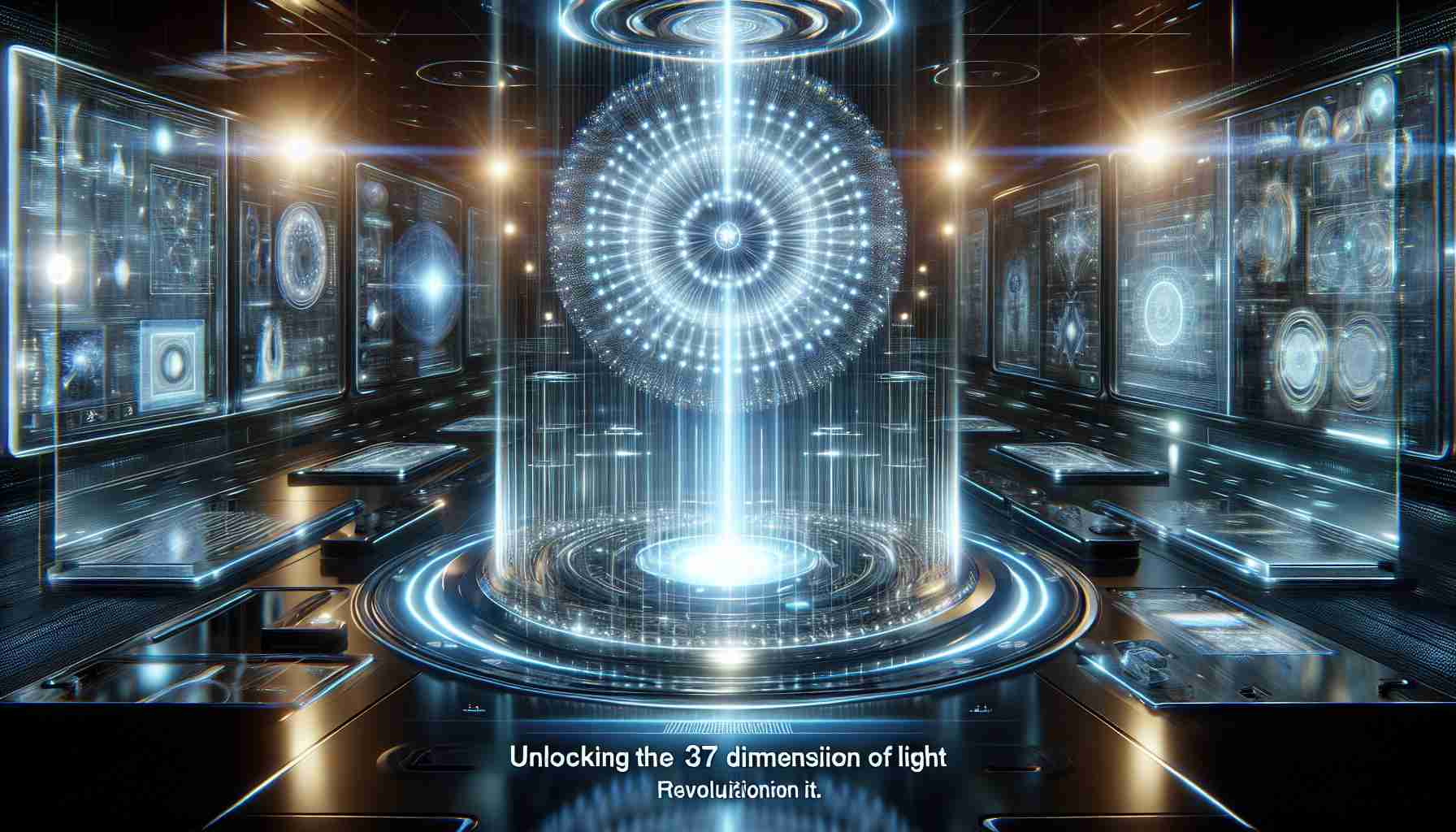- “Artificial meteor showers” aim to revolutionize celestial displays by using satellites to release special pellets, creating stunning events.
- These displays can transform national holidays and global celebrations, offering both spectacle and educational opportunities.
- The technology isn’t just for show; it enables enhanced meteorological research by analyzing atmospheric conditions through controlled experiments.
- There are concerns about the commercialization of space, potential environmental impacts, and increased space traffic from these ventures.
- This innovation highlights humanity’s drive to merge art and science, opening new possibilities for cosmic exploration and atmospheric study.
The allure of meteor showers has mesmerized stargazers for centuries. But imagine having the power to design your own cosmic event! Thanks to groundbreaking advancements in space technology, this can soon be a reality. A pioneering concept known as “artificial meteor showers” is emerging, and it’s poised to change how we experience celestial phenomena.
Scientists are developing satellites capable of releasing pellets that mimic shooting stars. These pellets, which burn upon re-entry, can be strategically released to create stunning meteoric displays visible to the naked eye. The aim? To bring celestial magic to organized events like national holidays and global celebrations.
But why is this technology significant? Aside from offering an unforgettable spectacle, artificial meteor showers could aid scientific research. By customizing the size, speed, and trajectory of pellets, scientists can study atmospheric conditions in ways previously unimaginable. This opens a new frontier in meteorological research, allowing greater insights into Earth’s atmospheric dynamics.
However, this raises questions about the commercialization of the night sky. Who controls these displays? While they provide opportunities for educational outreach and eco-friendly entertainment, concerns about potential environmental impacts and space traffic arise.
Despite these challenges, the exploration into artificial meteor showers reflects our insatiable curiosity and desire to blend art with science. As technology progresses, the sky might just be the limit, quite literally.
Create Your Own Meteor Shower: Is This the Future of Celestial Celebrations?
How Do Artificial Meteor Showers Work?
Artificial meteor showers involve the release of pellets from satellites that burn upon re-entry into Earth’s atmosphere, mimicking natural shooting stars. These satellites ensure precise release timing to create dazzling displays visible over specific geographic areas. By altering pellet size, velocity, and trajectory, tailored celestial events can be orchestrated for special occasions.
What Are the Benefits and Drawbacks of Artificial Meteor Showers?
Pros:
– Entertainment & Education: Offers a unique experience for large events, promoting both entertainment and educational outreach.
– Scientific Research: Allows scientists to study atmospheric conditions, improving our understanding of meteorological phenomena.
Cons:
– Commercialization of the Sky: Raises ethical concerns about who regulates such displays and whether commercialization is appropriate.
– Environmental Impact: Potential risks to night sky ecosystems and contributing to space traffic congestion.
What Regulations Are Necessary for Ethical and Sustainable Use?
Given the potential impacts, it’s crucial to establish international guidelines governing the frequency and scale of artificial meteor showers. Regulations should ensure minimal environmental harm and equitable access, as well as oversight to prevent unwarranted commercialization of natural phenomena.
Suggested Links
For more information on space technology and innovations, visit NASA and SpaceX.
—
Emerging Trends and Insights
The concept of artificial meteor showers is gaining momentum, driven by the vision of merging art with science. As these endeavors advance, they highlight our ever-growing capability to manipulate the cosmos for both entertainment and scientific benefit. However, as with all technological innovations, careful consideration and regulation are key to sustainable implementation. It’s a thrilling new direction, yet one that must balance human creativity with intrinsic cosmic beauty.



















